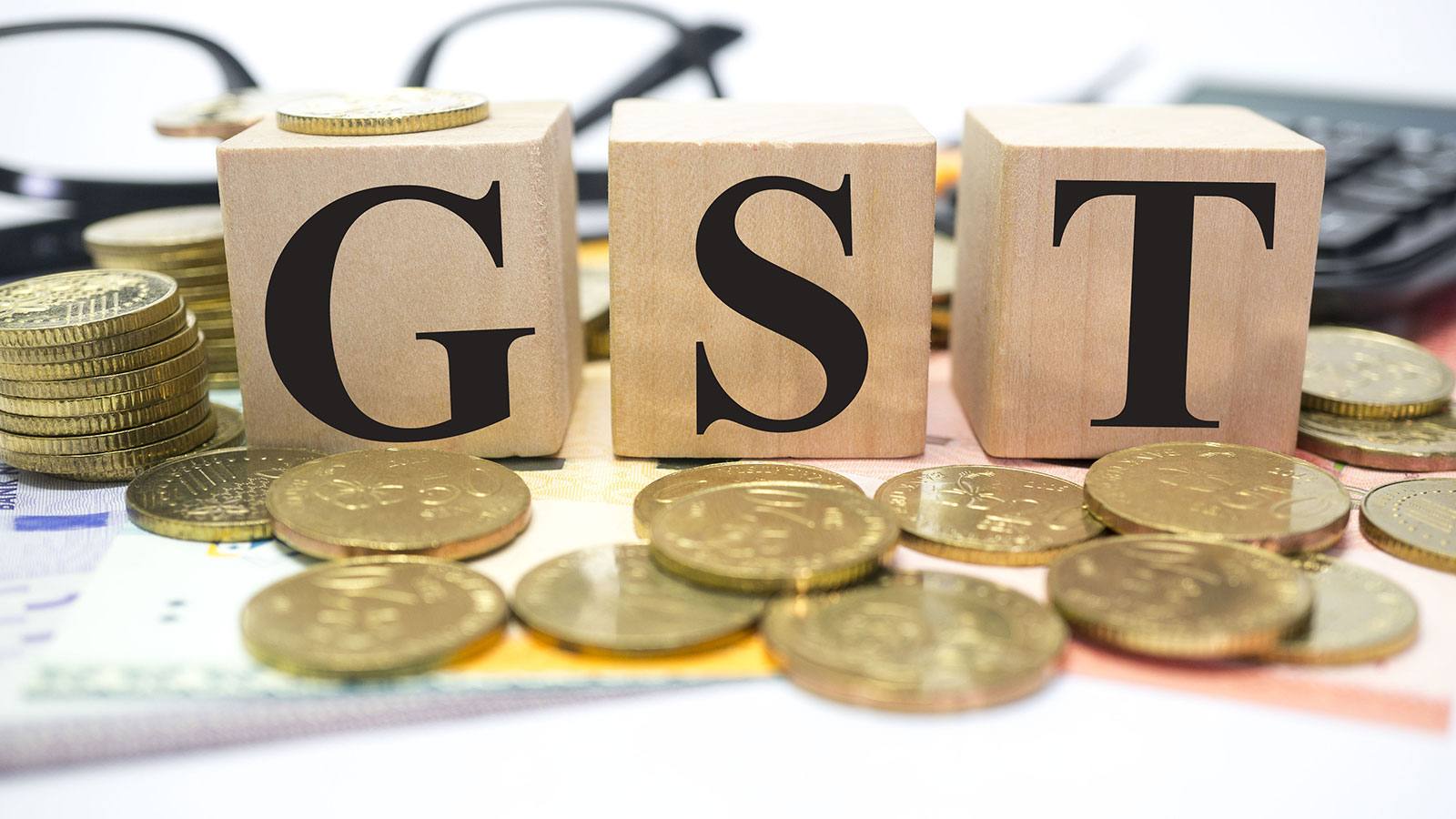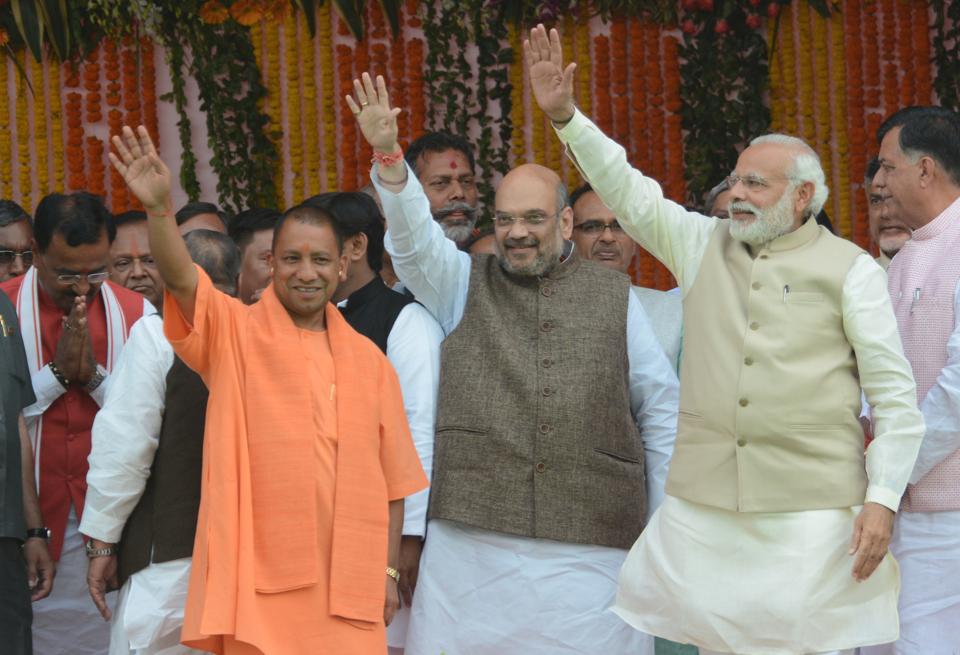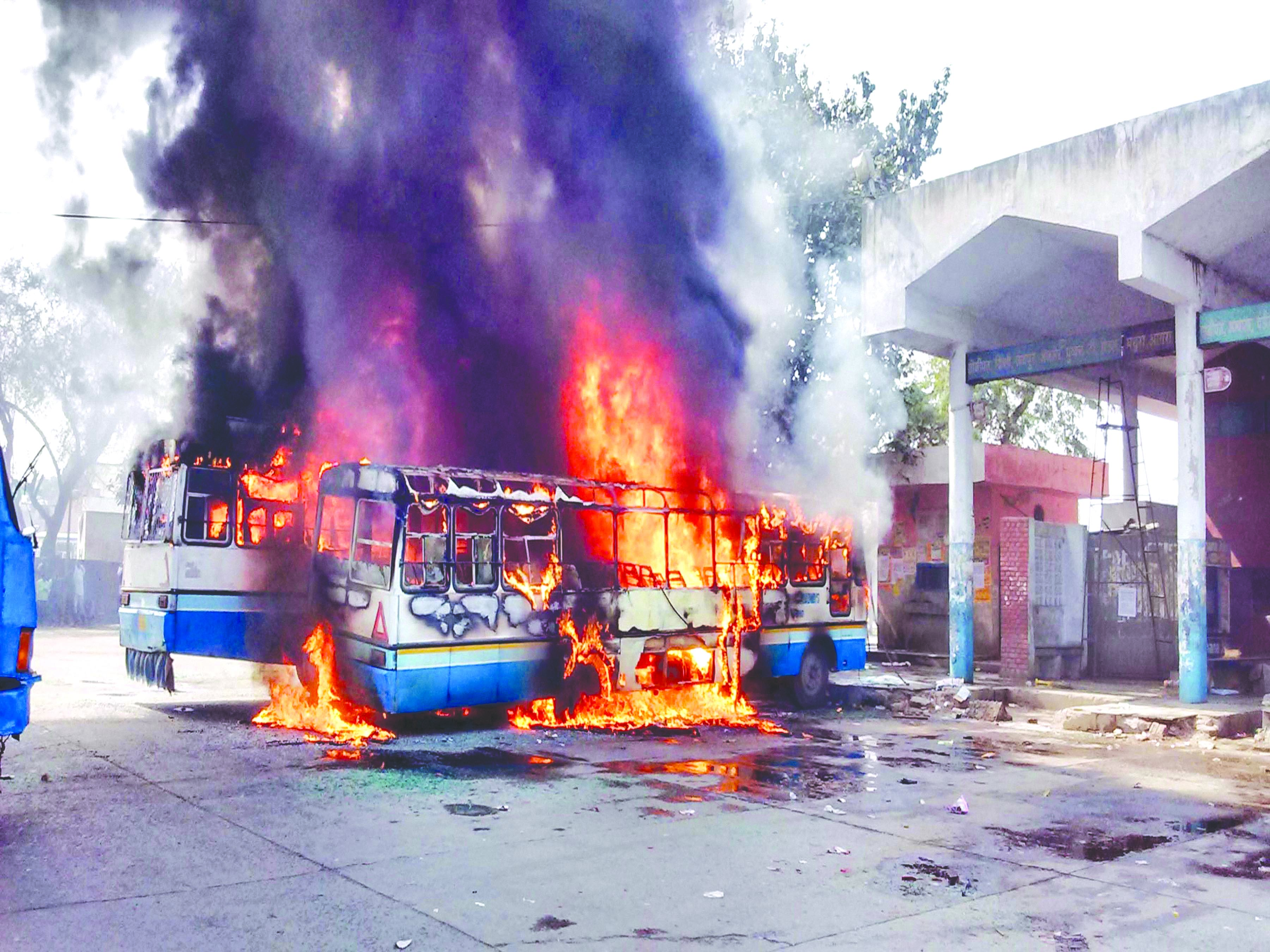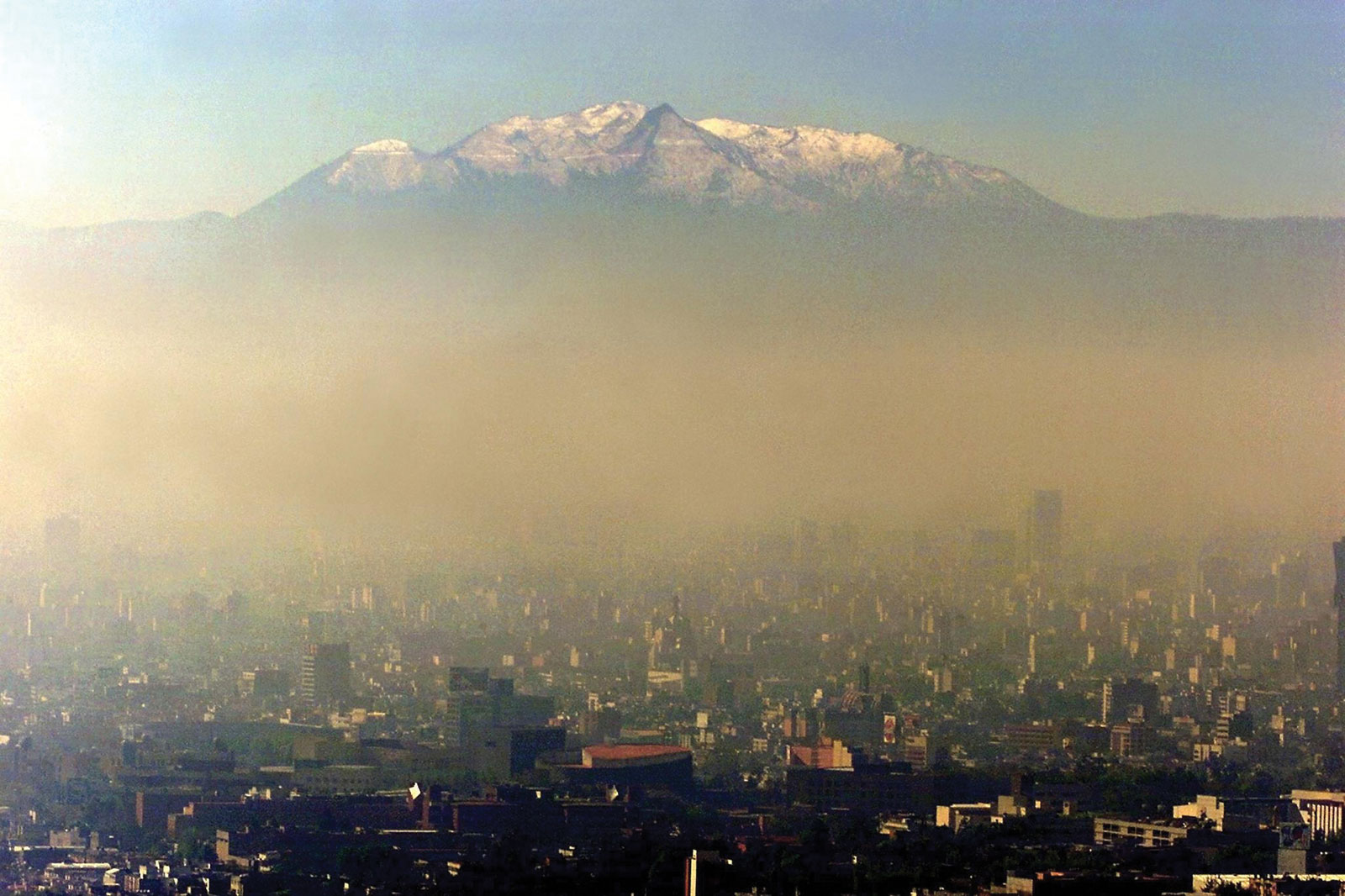India’s permanent representative to the United Nations, TS Tirumurti, has lashed out at Pakistan, saying it is the nerve centre of terrorism.
“It is a well-known fact that Pakistan is the nerve centre of terrorism. Pakistan is home to largest number of listed terrorists, internationally designated terrorist entities and individuals, including Jamaat-ud-Dawah, Lashkar-e-Taiba, Jaish-e-Mohammad and Hizbul Mujahideen,” Tirumurti said.
Pakistan prime minister (Imran Khan) has on record said that there are around 40,000 terrorists present in the country, Tirumurti further said.
Referring to United Nations’ 26th report of the Analytical Support and Sanctions Monitoring Team concerning ISIS, the ambassador said there is a clear acknowledgement that the leadership and funding for the terrorist entities like Al-Qaeda, ISIS emanate from Pakistan.
“Under the 1267 Committee, which submits its report periodically terrorist activities of ISIL al Qaeda and its affiliates. There are several direct references to Pakistan’s involvement,” Tirumurti said.
He stepped up the attack further, saying Pakistan has been trying to internationalise the bilateral issues it has with India. Tirumurti said that Pakistan’s latest attempt fell flat.
“Attempts by Pakistan to try and internationalise what is a bilateral issue is nothing new. Contrary to what the foreign minister of Pakistan has asserted, there has been no formal meeting of the UN Security Council on India-Pak issue since 1965,” said Tirumurti.
“What came up recently was a closed-door and completely informal meeting under ‘Any other business’, which is not even a recorded discussion,” India’s permanent representative to the UN added about the recent UN meeting.
“Pakistan’s attempt fell flat. Even UN secretary general, in his statement last August, clearly referred to 1972 bilateral Shimla Agreement. Consequently, Pakistan’s efforts haven’t met any traction in UNSC. Even if Pakistan persists, there are no takers here in the United Nations,” he said.
Tirumurti then went on to talk about the “infodemic” launched by Pakistan about the Covid-19 situation in India and how New Delhi countered it.
“India and a group of select countries, cutting across regions, made a joint statement in the context of infodemic in the context of Covid-19, at the UN. The statement was designed to counter exactly this type of disinformation spread by countries like Pakistan in the context of Covid-19 to foment division and create disharmony among communities,” he said.
Tirumurti was appointed India’s permanent representative to the United Nations in April. He will replace Syed Akbaruddin.





 Air quality has a strong bearing on India’s ability to sustain high economic growth, but national policy has treated the issue with scant importance. This is evident even from the meagre data on pollution for a handful of cities generated by the ambient air quality measurement programme. A new report from Greenpeace, based on NASA’s satellite data, indicates that people living in some parts of India are at greater risk for health problems linked to deteriorating air quality than those living in China. The measurements for Aerosol Optical Depth, which have been used to assess the level of fine particulate matter (PM2.5) that gets lodged deep in the lungs, point to a worsening of air quality in India in the 10-year period from 2005, particularly for States along the Punjab to West Bengal corridor, compared to China’s eastern industrial belt. This finding matches the Air Quality Index data for cities monitored by the Central Pollution Control Board. Quite simply, pursuing business as usual is not tenable, and the Centre has to act to enforce control mechanisms that will make the air safe to breathe. This has to begin with a more comprehensive system of real-time data collection, expanding the coverage from the present 23 cities (not all of which provide full or regular information) to all agglomerations with a significant population and economic activity, and within a given time frame. Putting the data in the public domain in an open format will enable multiple channels of dissemination, including apps created by the community for mobile devices, and build pressure on both policymakers and polluters.
Air quality has a strong bearing on India’s ability to sustain high economic growth, but national policy has treated the issue with scant importance. This is evident even from the meagre data on pollution for a handful of cities generated by the ambient air quality measurement programme. A new report from Greenpeace, based on NASA’s satellite data, indicates that people living in some parts of India are at greater risk for health problems linked to deteriorating air quality than those living in China. The measurements for Aerosol Optical Depth, which have been used to assess the level of fine particulate matter (PM2.5) that gets lodged deep in the lungs, point to a worsening of air quality in India in the 10-year period from 2005, particularly for States along the Punjab to West Bengal corridor, compared to China’s eastern industrial belt. This finding matches the Air Quality Index data for cities monitored by the Central Pollution Control Board. Quite simply, pursuing business as usual is not tenable, and the Centre has to act to enforce control mechanisms that will make the air safe to breathe. This has to begin with a more comprehensive system of real-time data collection, expanding the coverage from the present 23 cities (not all of which provide full or regular information) to all agglomerations with a significant population and economic activity, and within a given time frame. Putting the data in the public domain in an open format will enable multiple channels of dissemination, including apps created by the community for mobile devices, and build pressure on both policymakers and polluters.